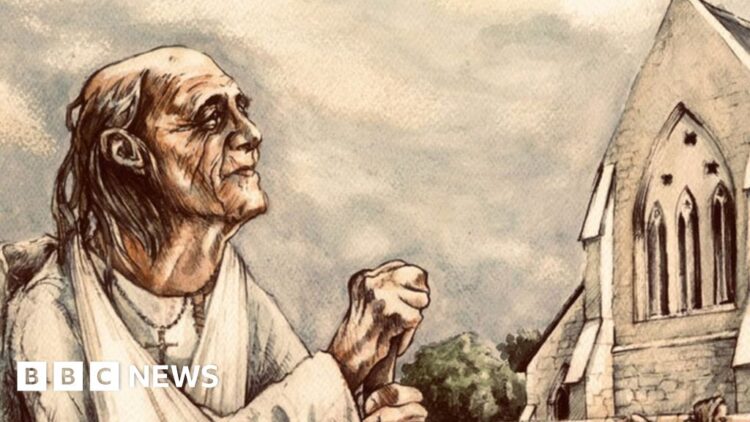By Gavin Mackintosh-
Cambridge University archaeologists have delved into the lives of medieval residents through an extensive analysis of nearly 500 skeletal remains excavated from burial grounds across the city, spanning the 11th to 15th centuries.
The After the Plague project, conducted by specialists in archaeology, osteology, genetics, biochemistry, and medicine, employed cutting-edge techniques to uncover details about the diets, DNA, activities, and bodily traumas of townsfolk, scholars, friars, and merchants.
This unique database of medieval life histories has already yielded significant findings on diseases ranging from cancer to herpes. Now, the focus has shifted to sixteen particularly revealing remains that represent various “social types,” offering a fascinating glimpse into the lives of those who once traversed Cambridge’s narrow streets.
Lead researcher Prof John Robb highlighted the importance of creating “osteobiographies” for ordinary people rather than elites documented in historical sources. “Osteobiography uses all available evidence to reconstruct an ancient person’s life.
Our team used techniques familiar from studies such as Richard III’s skeleton, but this time to reveal details of unknown lives – people we would never learn about in any other way,” he explained.
The findings are showcased on a newly launched website, providing a detailed exploration of each individual’s life. Artist Mark Gridley has illustrated the results, bringing these long-forgotten figures back to life.
Osteoarchaeologist Dr Sarah Inskip, another key member of the After the Plague project, emphasized the significance of focusing on ordinary individuals. “The importance of using osteobiography on ordinary folk rather than elites, who are documented in historical sources, is that they represent the majority of the population but are those that we know least about,” she said.
In order to personalize the study, the researchers used a statistical analysis of likely names drawn from written records of the period to assign pseudonyms to the individuals under examination. Prof Robb noted the transformative effect of this approach: “As our work progressed, we stopped seeing the remains as faceless skeletons.”
The After the Plague project stands as a testament to the power of interdisciplinary collaboration, unlocking the secrets of medieval Cambridge and providing a richer understanding of the lives of those who existed beyond the pages of historical documentation.




